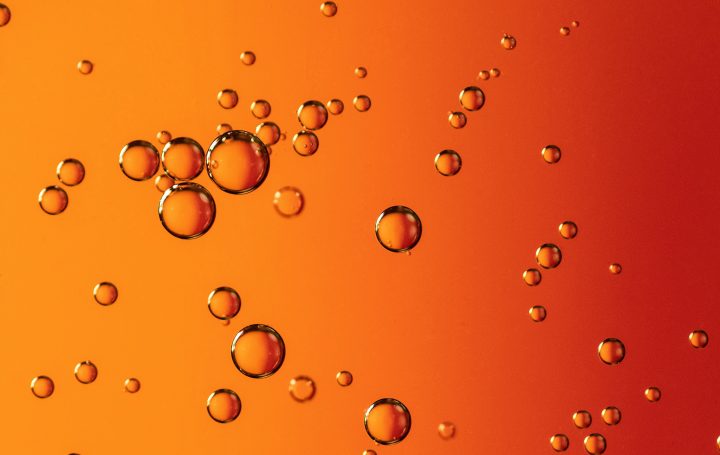Learning from phase separation behavior in cells

Have you ever watched oil and water separate in a salad dressing? This isn’t just a kitchen phenomenon — it’s a scientific process known as liquid-liquid phase separation (LLPS), and it occurs inside our cells too.
Liquid-liquid phase separation (LLPS) is a remarkable occurrence where a uniform solution is spontaneously divided into distinct phases. When solutions of macromolecules such as proteins or nucleic acids undergo LLPS, they condense into a crowded phase that often resembles liquid droplets within a dilute phase. The driving force behind LLPS is multivalency or multiple weak interactions that rapidly form, break and reform. Think of proteins as molecular architects, utilizing repeating units rich in aromatic or charged residues and reactive sites as bricks and concrete to build complex three-dimensional structures during LLPS.
Insides cells, there is emerging evidence that LLPS helps organize cellular components without membrane boundaries. Various membraneless organelles such as nucleolus, metabolic granules, RNA transport granules, can be formed to achieve diverse functions such as compartmentalization, metabolism, communication and replication. However, here’s the plot twist: dysregulated LLPS emerges as a potential catalyst for toxic amyloid aggregates, implicated in pathologies such as amyotrophic lateral sclerosis (ALS), frontotemporal dementia (FTD), and Parkinson’s disease (PD).
Scientists are now looking to mimic natural LLPS to develop artificial cells for medical innovations. The goal in synthetic biosystems is to spatiotemporally control chemical reactions in complex solution environments, like nature does. Recent advancements show that by manipulating environmental conditions such as pH, electrical fields, and mechanical forces, scientists can reversibly create or dissipate these droplets. This kind of control over the process open doors to a new era of tiny machines or sensors seamlessly integrated into cellular landscapes, holding promise for applications like targeted drug delivery and disease detection within living cells.
In summary, liquid-liquid phase separation is a fascinating area of science that not only enhances our understanding of life’s inner workings but also holds the promise of revolutionary medical treatments. So, next time you witness oil and water parting ways, consider the complex nature of the liquid-liquid phase separation unfolding before your eyes.
Reference:
[1] Kang W, Ma X, Liu C, et al. Liquid-liquid phase separation (LLPS) in synthetic biosystems[J]. Materials Science and Engineering: R: Reports, 2024, 157: 100762.
[2] Mehta S, Zhang J. Liquid–liquid phase separation drives cellular function and dysfunction in cancer[J]. Nature Reviews Cancer, 2022, 22(4): 239-252.
Caihong Lin
The author is a doctoral researcher at the Faculty of Medicine, University of Turku, who studies the phase separation behavior from molecular assembly to achieve some cellular activities.
